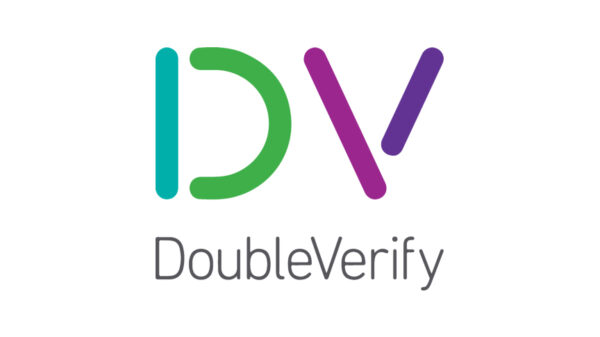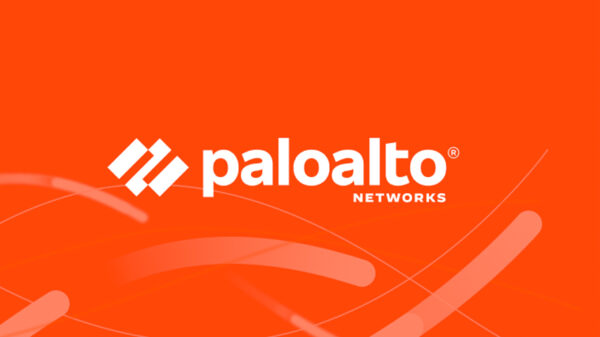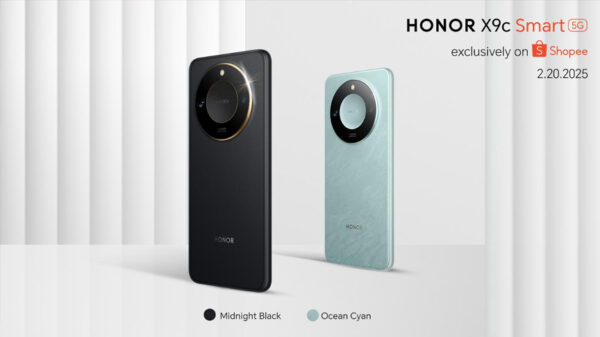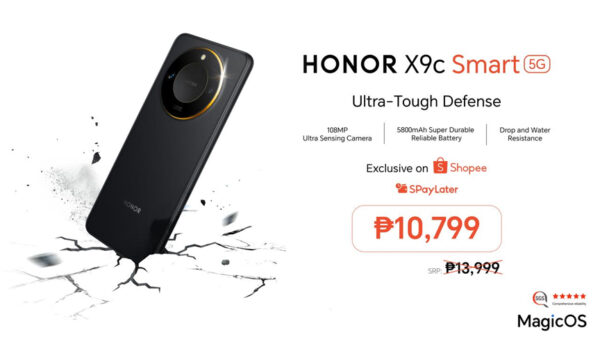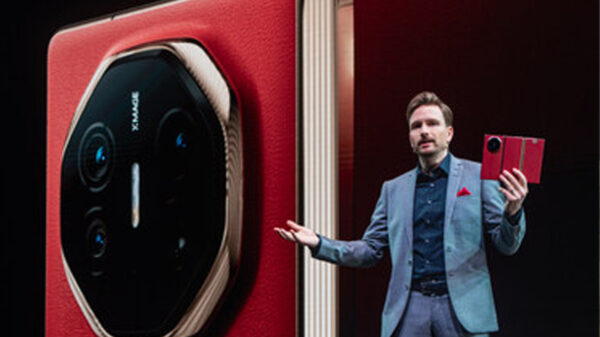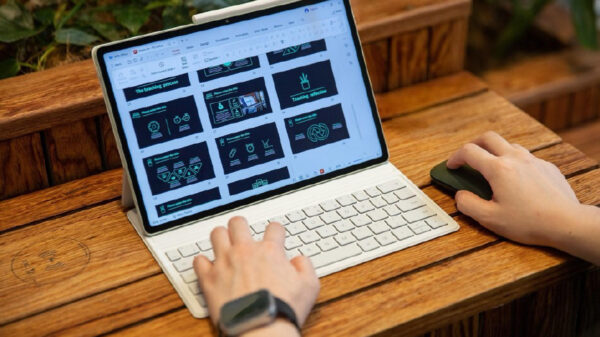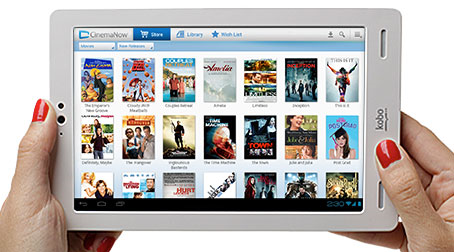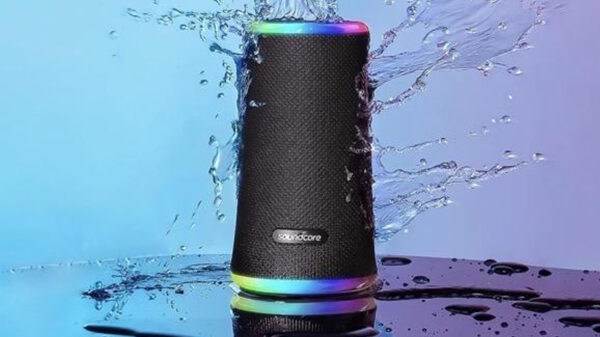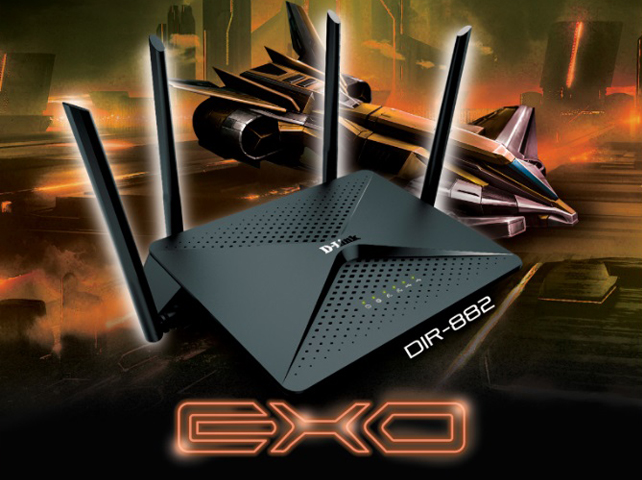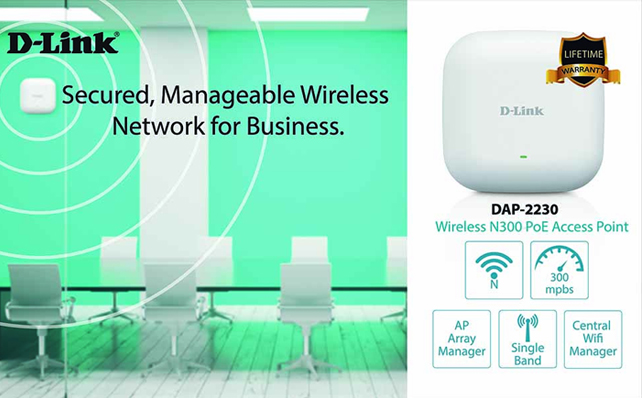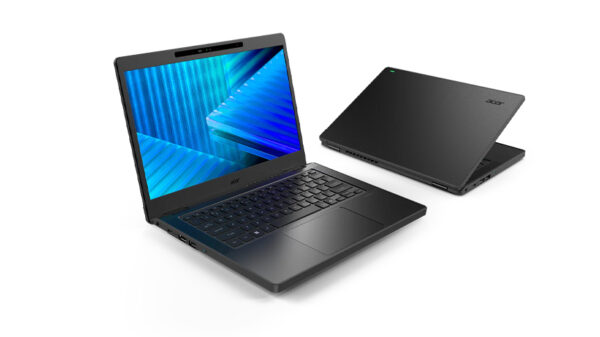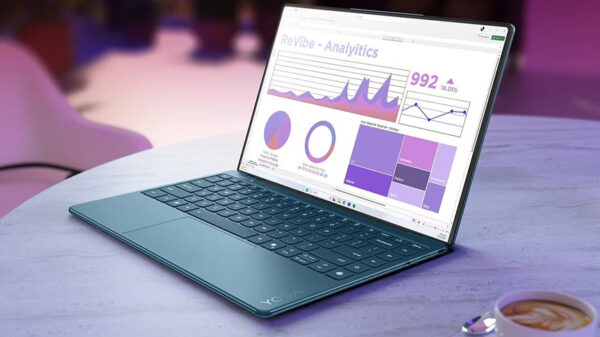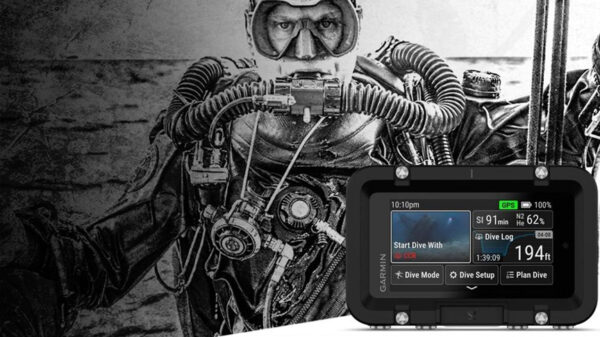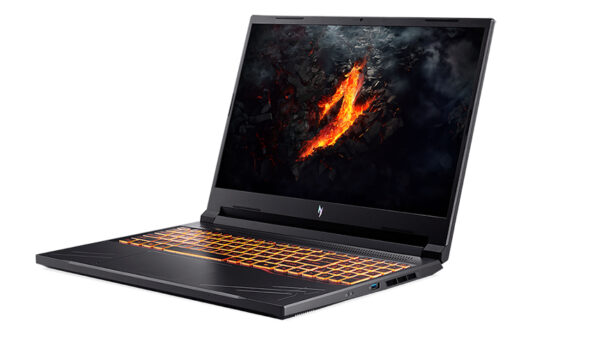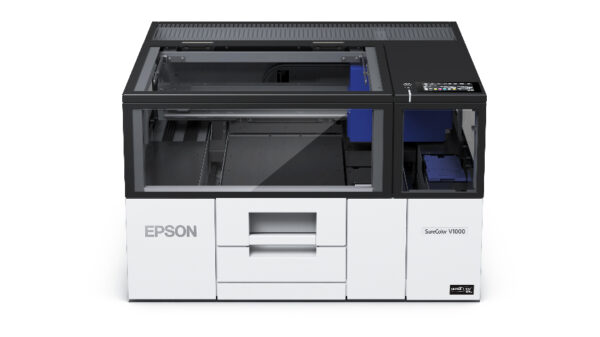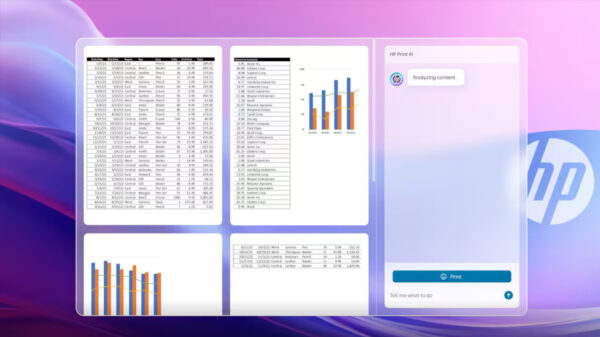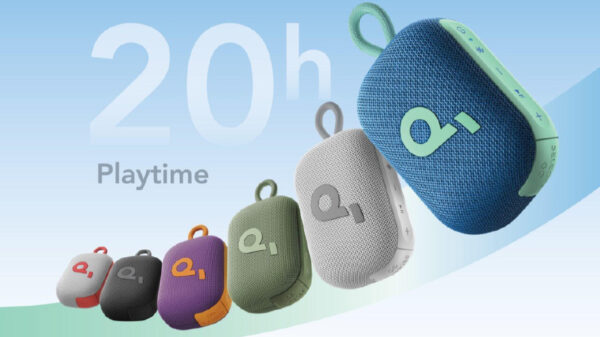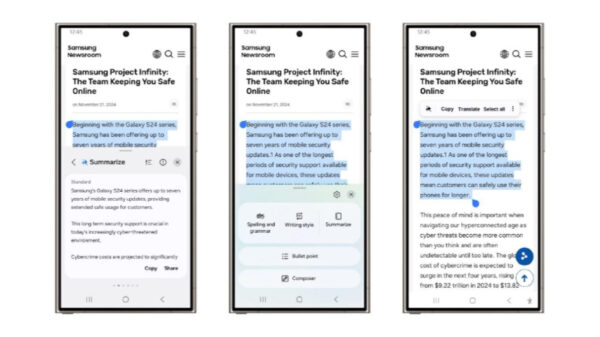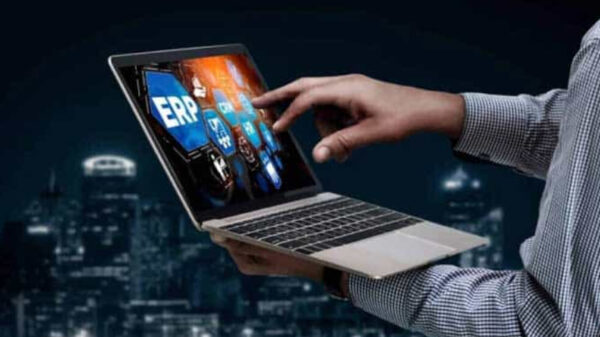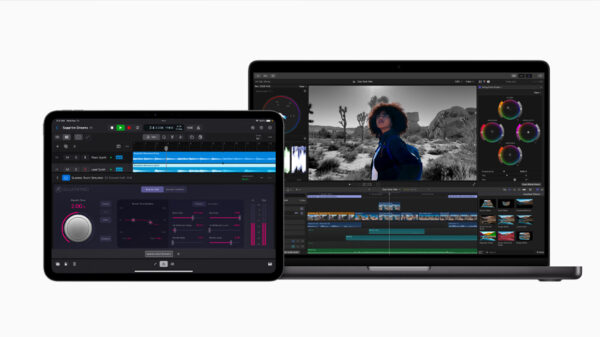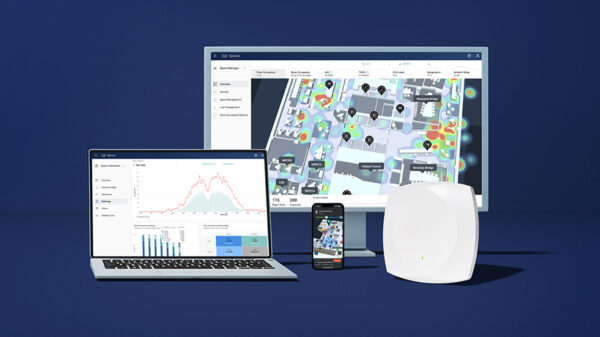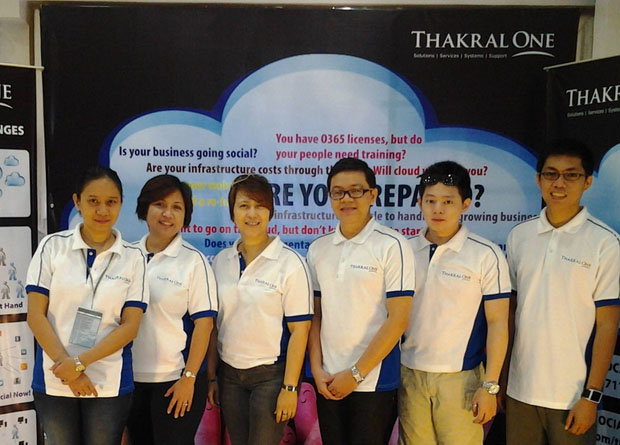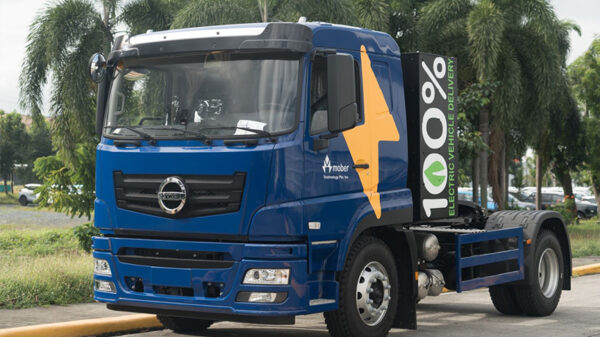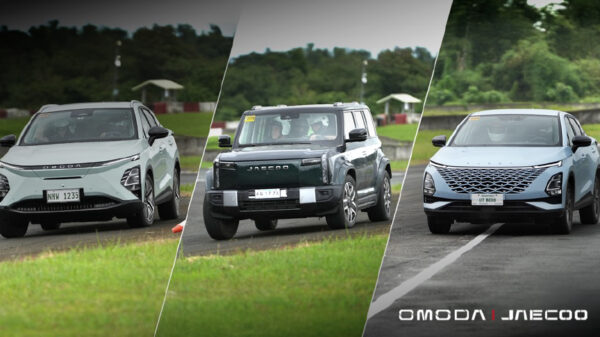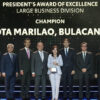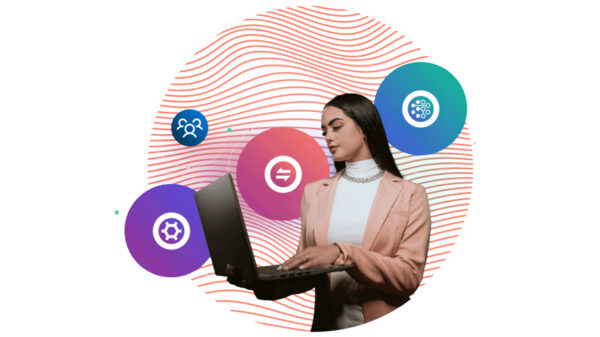by Edler Panlilio
Managing Director, SAP Philippines
All eyes are set on the developments made in Central Luzon as the first phase of the construction of the country’s first ‘smart city’ is now in full swing. This long-sighted planned community, called the New Clark City, is envisioned to cater to the reoccurring problems of the national capital—the congested roads, excessive flooding, the high costs of utilities, overcrowding, and more importantly, the lack of resiliency to natural disasters. [1]
This year, the Global Peace Index of the Institute of Economics and Peace (IEP) revealed that the Philippines is one of the most vulnerable to climate change, especially because of its high exposure to natural hazards, such as typhoons, landslides, floods, and droughts, as well as its heavy reliance to its climate-sensitive natural resources.[2]
Just like the other smart cities across the globe, the New Clark City—and all the digital transformation initiatives of other cities nationwide—provide an opportunity to make not just Metro Manila but also the entire country more resilient to natural calamities.
The need for smarter cities
In its simplest essence, ‘smart city’ is all about providing people a better quality of life by improving a cleaner, healthier, and more convenient environment. It integrates information and communication technologies to enhance the quality and performance of urban services such as energy, transportation, and utilities to reduce resource consumption, wastage, and overall costs.
In the Philippines, where half of the population of over 100 million already reside in urban areas, disaster relief is a relevant pillar in building a smart city.
According to the Philippine Atmospheric Geophysical and Astronomical Services Administration (PAG-ASA), more tropical cyclones (TCs) are entering the Philippine Area of Responsibility (PAR) than anywhere else in the world. An average of 20 TCs enters the region per year, with about eight or nine crossing the country[3].
Among the most devastating typhoons that ever landed in the Philippines is Super Typhoon Yolanda, which hit the country with gusts of up to 235 mph. While we are no stranger to strong typhoons, Yolanda’s onslaught left about 6,300 people dead, 28,689 injured, and 1,061 missing.[4]
Laying the groundwork
Following this devastation, preparedness in the face of weather disturbances appeared to have increased, especially with the pre-evacuation of residents in vulnerable areas that lead to fewer casualties. On the other hand, developing smarter cities is a foremost counter-measure to preparing and withstanding the force of destructive elements.
Aside from the New Clark City, Davao, Cebu, and even Manila are now laying the groundwork to make their areas smarter and safer. These metropolises, known to have the most population in the country, are agile enough to undergo a faster digital transformation because of sufficient resources. They can even spur the nationwide plan to develop smarter cities.
Disaster and Risk resiliency
A Smart City is capable of monitoring the environment, such as pollution levels, water runoff, and even sewage system overflows. These things are needed to aid essential functions back and running to keep a city habitable after a disaster.
Smart cities also help identify any buildings that are too hazardous or not up to code. And through its systems, initial and preemptive repairs can be done to help the city endure and recover after the calamity.
Another important aspect that smart cities provide is the ability to keep communication lines running in times of natural disasters. It also prevents total blackouts, reducing the probability of mass hysteria and panic.
Not a thing of the future
All these capabilities are not a thing of the future and, SAP’s past projects can attest to this, be it for bettering one’s place or for providing security and preparedness.
For instance, SAP’s social venture Relief.io provides an activity planning app easily accessible to any platform for NGO’s planning and collaboration during dire needs. Relief.io uses a machine learning-based tool that supports the United Nations Office for the Coordination of Humanitarian Affairs (UN ONCHA) with an established Disaster Relief Network for citizens’ aid and speedy recovery of disaster-stricken developing countries. [5]
With the right utilization of smart technologies, the road to Smart Cities in the Philippines is not far ahead. As a citizen-centric goal, it will uplift the economic standards, and create a resilient country that provides shelter as well as better living to Filipinos.
***
[1] PH’s city of the future, now rising in Clark, November 2018. https://news.mb.com.ph/2018/08/19/phs-city-of-the-future-now-rising-in-clark/
[2] Institute for Economics & Peace. Global Peace Index 2019: Measuring Peace in a Complex World, Sydney, June 2019. http://visionofhumanity.org/app/uploads/2019/06/GPI-2019-web003.pdf
[3] The Philippine Atmospheric, Geophysical and Astronomical Services Administration, Tropical Cyclone Information http://bagong.pagasa.dost.gov.ph/climate/tropical-cyclone-information
[4] National Disaster Risk Reduction and Management Council Philippines, Y It Happened, Learning from Typhoon Yolanda. http://www.ndrrmc.gov.ph/attachments/article/2926/Y_It_Happened.pdf
[5]Relief. IO, Relief-Collaboration https://relief.io/relief-collaboration/


